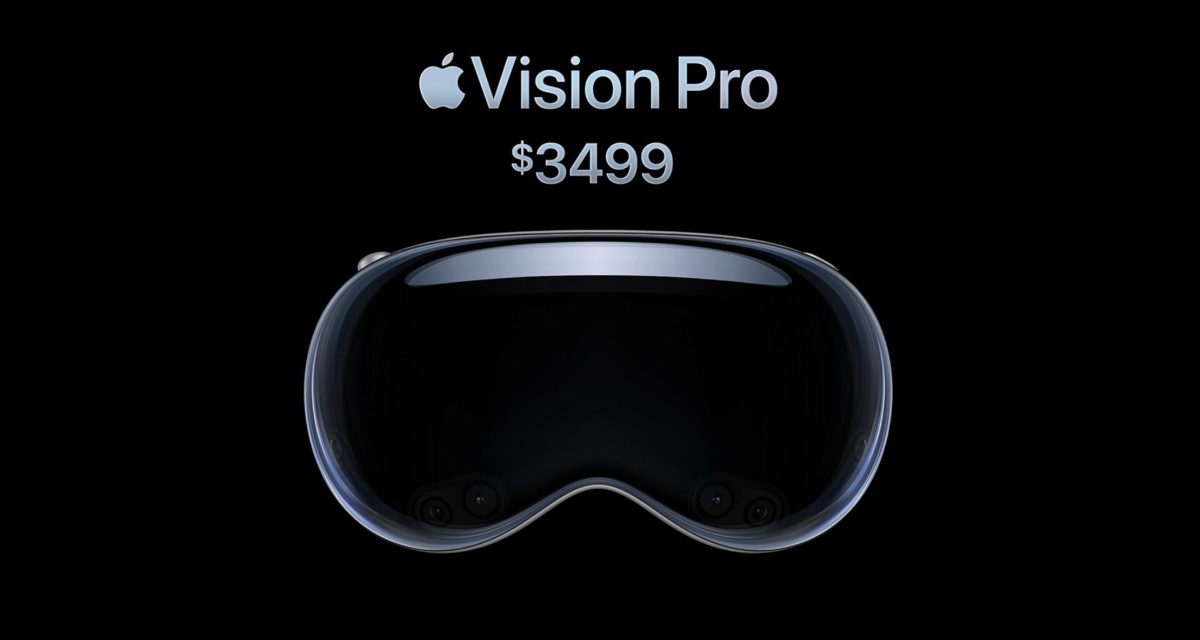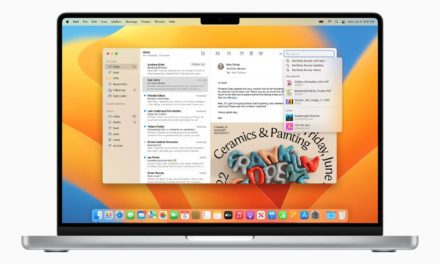Apple has been granted a patent (number US 11815685 B2) for a “Display System with Virtual Image Distance Adjustment and Corrective Lenses” for the upcoming Vision Pro.
The US$3,499 (and higher) Spatial Computer is due in, per Apple,”early 2024,” though I suspect “early” means anytime before summer. And it will apparently only be available in limited quantities at first.
About the patent
Apparently, users of the device who wear eyeglasses will have to have special corrective (and removable) lenses made for it. This will, of course, only up the price.
Obviously, some users of head-mounted devices have visual defects such as myopia, hyperopia, astigmatism, or presbyopia. Apple says itt can be challenging to ensure that an optical system in a head-mounted device displays computer-generated content satisfactorily and provides an acceptable viewing experience for users with visual defects.
If care isn’t taken, it may be difficult or impossible for a user with visual defects to focus properly on content that is being displayed or content may otherwise not be displayed as desired. Apple wants to overcome such issues with the Vision Pro.
Summary of the patent
Here’s Apple’s abstract of the patent: “A head-mounted device may have a display that displays computer-generated content for a user. The head-mounted device may have an optical system that directs the computer-generated image towards eye boxes for viewing by a user. The optical system may be a see-through optical system that allows the user to view a real-world object through the optical system while receiving the computer-generated image or the optical system may include a non-removable lens and a removable vision correction lens through which an opaque display is viewable.
“The optical system may include a removable lens. The removable lens may serve as a custom vision correction lens to correct for a user’s vision defects. The optical system may have a projection bias lens that places computer-generated content at one or more desired virtual image distances and a corresponding compensation bias lens.”
Article provided with permission from AppleWorld.Today





